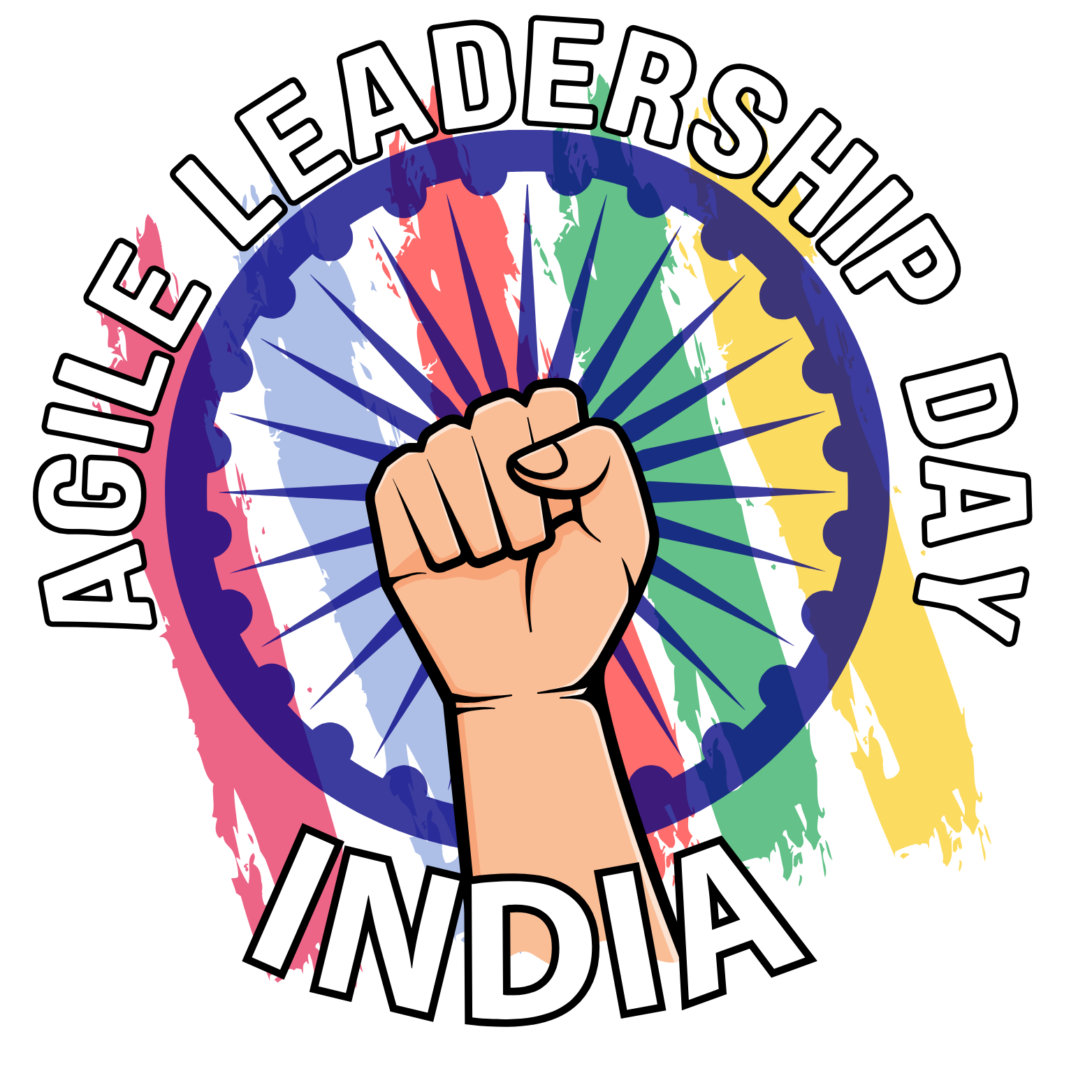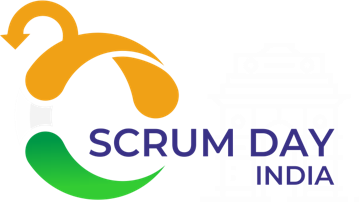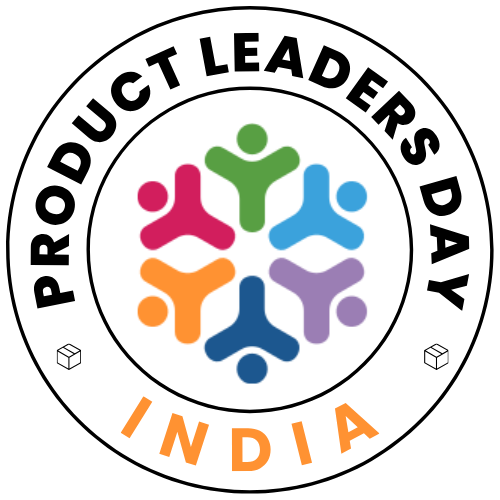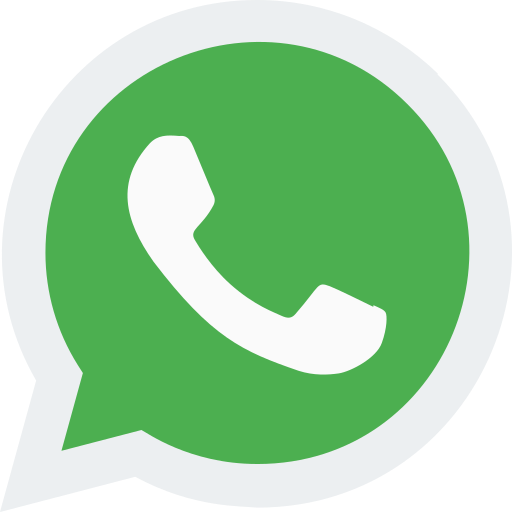For decades, Human Resources has been the backbone of organizations, managing everything from payroll to compliance. But the digital transformation has sparked a profound evolution. Today, HR is no longer just an administrative function; it's a strategic partner tasked with architecting the most valuable asset of any company: its people. At the heart of this transformation is Artificial Intelligence.
AI is automating routine tasks, unlocking data-driven insights, and empowering HR professionals to focus on what truly matters—creating a more human, engaging, and effective workplace. This shift is not about replacing HR professionals but augmenting their capabilities, turning intuition into insight and reaction into proaction.
AI is the catalyst that allows HR to move from managing transactions to designing transformative employee experiences.
The AI Revolution: Key Areas of Impact in HR
Artificial intelligence is weaving its way into the entire employee lifecycle, delivering efficiency and intelligence at every stage. Here are the primary domains where AI is making its mark:
- Talent Acquisition: Automating the high-volume, repetitive tasks of sourcing and screening candidates.
- Employee Engagement & Retention: Analyzing feedback and behavior to proactively identify disengagement risks.
- Onboarding & Internal Support: Providing instant, 24/7 support to employees from their first day.
- Performance Management: Offering unbiased insights into employee performance and development needs.
Essential AI Tools for the Modern HR Team
Navigating the market for AI-powered HR tools can be daunting. Below, we break down key types of tools and their practical applications, showing how they solve real-world HR challenges.
1. AI-Powered Applicant Tracking Systems (ATS)
What they do: Modern ATS platforms like Greenhouse and Lever use AI to go beyond simple resume storage. They intelligently source candidates from multiple platforms, screen resumes for the best fit based on job requirements, and predict which candidates are most likely to succeed.
Scenario in Action: A fast-growing tech company needs to hire 20 software engineers. The HR team receives over 1,000 applications.
- Without AI: Two HR specialists spend a full week manually reviewing resumes, often relying on simple keyword matches, leading to potential bias and missed high-potential candidates.
- With an AI-powered ATS: The system automatically parses all resumes, ranking the top 50 candidates based on a deep understanding of required skills, past project experience, and even indicators of cultural fit. It identifies a top candidate who didn't use the exact keywords but has experience at a key competitor. The HR team can now focus its time on interviewing the most qualified individuals, reducing time-to-hire by 60%.
2. Employee Engagement & Sentiment Analysis Platforms
What they do: Tools like Peakon (Workday) and Glint (LinkedIn) use Natural Language Processing (NLP) to analyze employee feedback from surveys, chat messages, and reviews. They identify trends in sentiment, pinpoint specific drivers of dissatisfaction, and provide actionable insights to managers.
Scenario in Action: A large retail company notices a spike in turnover in its logistics department but doesn't know why.
- Without AI: The HR team conducts annual surveys, but the data is generic and takes months to analyze. By the time they identify a potential issue, more employees have already left.
- With an AI Engagement Platform: The platform analyzes anonymous, real-time feedback from pulse surveys. The AI detects a recurring theme of frustration related to "outdated scheduling software" and "lack of manager communication." It automatically flags this as a high-priority concern for logistics leadership and even suggests specific actions, such as investing in new software or manager training. HR can now intervene proactively before the issue escalates further.
3. AI-Powered HR Chatbots & Helpdesks
What they do: Platforms such as Leena AI provide intelligent chatbots that integrate with company systems. These bots act as a first line of support for employees, instantly answering common questions about payroll, benefits, company policies, and IT issues.
Scenario in Action: A new hire is starting remotely and has dozens of questions during their first week, from setting up their benefits to accessing the company VPN.
- Without AI: The new hire sends multiple emails to HR, IT, and their manager, experiencing delays and sometimes receiving conflicting information. This creates a disjointed and frustrating onboarding experience.
- With an AI Chatbot: The new hire interacts with the onboarding bot. They ask, "How do I enroll in the 401k plan?" and the bot provides a direct link and a step-by-step guide. Later, they ask, "What's the guest Wi-Fi password for the office?" and receive an instant answer. The chatbot handles 80% of their queries, freeing up the HR team to focus on a strategic check-in about the new hire's 30-day goals.

The Future Role of HR: Strategic, Human-Centric, and AI-Empowered
As AI handles the administrative and analytical heavy lifting, the role of the HR professional will elevate. The future of HR is not about managing data but about interpreting it to build a better workplace. The skills that will become most valuable are uniquely human:
- Empathy and Emotional Intelligence: Understanding the nuances of employee concerns that data alone cannot capture.
- Strategic Workforce Planning: Using AI-driven forecasts to design the workforce of the future.
- Change Management: Guiding the organization and its people through technological and cultural shifts.
- Ethical Oversight: Ensuring that AI tools are used fairly, transparently, and without bias.
Embracing AI is no longer a choice for HR teams; it's a necessity for building resilient, high-performing organizations. By leveraging these powerful tools, HR can finally fulfill its potential as the true architect of the company's culture and future success.




